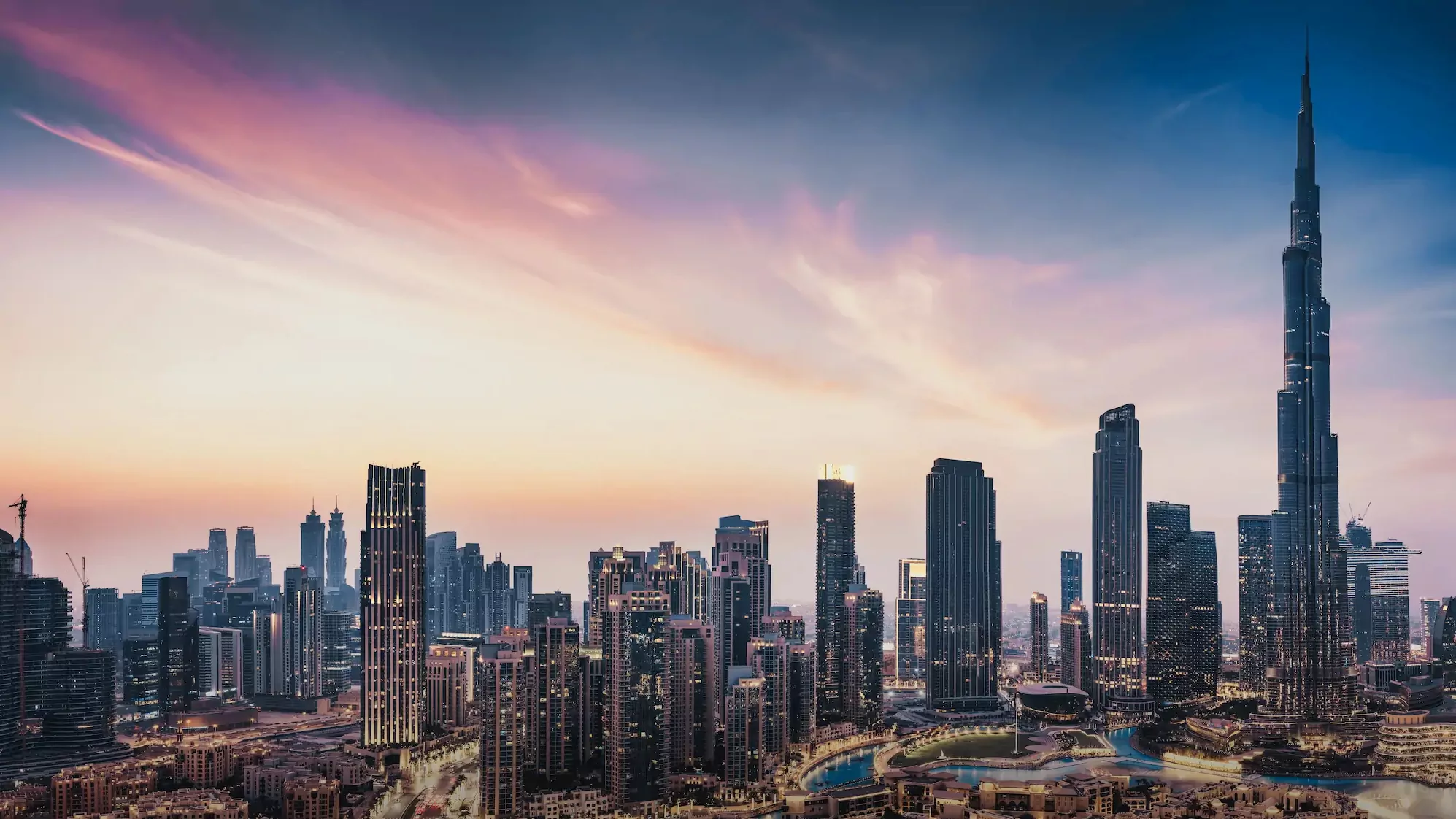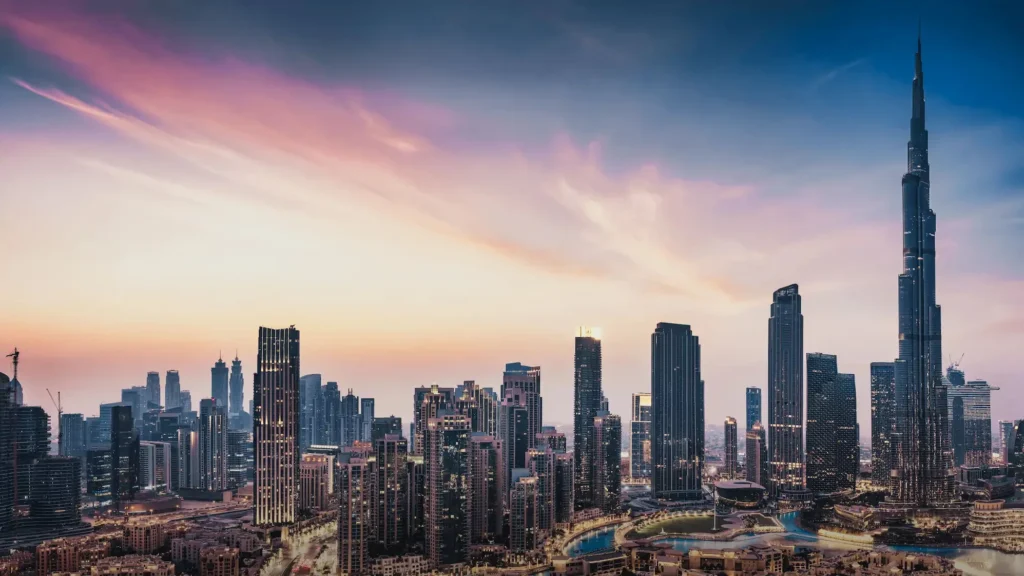
The UAE property market has always attracted global attention, but today it is sparking an even bigger conversation. Prices are climbing, international demand is rising, and investors are pouring money into residential and commercial developments across Dubai, Abu Dhabi, and the Northern Emirates. This strong momentum has led many to wonder whether the country is currently experiencing a sustainable boom or if a bubble is forming beneath the surface. With the latest numbers showing unexpected spikes in transactions and price growth, the debate has never been more intense. This article breaks down the market dynamics shaping this moment and what they reveal about the future of UAE real estate.
Across the UAE, property demand has surged at a pace that even seasoned analysts did not anticipate. New buyers from Europe, Russia, India, China, and Africa are fueling a massive wave of acquisitions. Many see the UAE as a safe and strategic investment hub thanks to its stability, tax advantages, and global connectivity. This influx has led to record-breaking sales volumes in both luxury and mid-market segments.
As more expatriates choose to settle long-term, the shift from renting to buying is becoming a key driver behind market expansion. Families, entrepreneurs, and remote workers are turning temporary stays into permanent homes, further intensifying buyer competition.
Property prices in major hotspots have grown at double-digit rates. Prime areas such as Downtown Dubai, Palm Jumeirah, Dubai Marina, Al Reem Island, and Saadiyat Island have dominated the growth, attracting luxury buyers eager to secure waterfront and city-view residences. Surprisingly, suburban communities like Dubai South, JVC, and MBR City are rising just as quickly, supported by affordable pricing and modern infrastructure.
This broad-based growth shows that demand is not limited to elite districts. Instead, it reflects widespread confidence across the entire market, from affordable housing to ultra-luxury villas.
While many applaud the strong market, some investors are questioning whether current prices are growing beyond realistic levels. Certain districts have seen valuations climb too quickly compared to historical trends, raising concerns about sustainability. Buyers are increasingly cautious, aware that rapid appreciation can sometimes trigger corrections.
However, unlike past cycles, today’s buyers are more diverse and end-user-driven, reducing the speculation that typically fuels bubbles. Still, the rapid price acceleration has created a conversation about how long the pace can continue.
Developers have responded to strong demand by launching project after project. Off-plan sales now make up a significant portion of total transactions. While this demonstrates confidence in the future, it also raises questions. Will all these units be absorbed once construction completes? Can demand keep pace with supply?
History shows that oversupply can create price pressure, but the UAE has learned from previous cycles. Developers are now more strategic, releasing inventory in phases rather than bulk.

One of the biggest differences between today’s surge and earlier spikes is the UAE’s strengthened economic base. The country has become a major global financial, tourism, and trade powerhouse with diversified growth strategies. Policies supporting entrepreneurship, residency reforms, and digital innovation have made the UAE more attractive than ever.
The Golden Visa program particularly transformed the real estate landscape, giving long-term security to investors, professionals, and innovators. This has created a more stable buyer pool less influenced by short-term speculation.
Demand is not artificially inflated. The UAE’s population continues to grow at one of the fastest rates in the region—driven by job creation, high living standards, and global talent migrations. As more businesses expand operations in Dubai and Abu Dhabi, residential demand rises naturally, providing long-term support for the market.
The UAE is no longer just a destination for quick investment returns. It is now a lifestyle-driven market with people choosing to live, work, and build their futures in the country. Families want bigger homes, professionals want modern apartments, and luxury buyers want exclusive waterfront living. This shift reduces short-term volatility and helps stabilize the market.
Luxury villas and penthouses are achieving some of the highest prices in the world. International celebrities, business leaders, and ultra-high-net-worth individuals are purchasing properties not just for investment but for personal residence. This segment’s demand has remained strong even during global economic uncertainty.
Unlike mid-market housing, luxury inventory is scarce. Waterfront villas, private island homes, and branded residences often sell out before official launch days. This restricted supply keeps luxury prices firm, reducing the risk of a bubble in this segment.
The real growth story is happening in communities designed for everyday families. These areas have developed significantly, offering parks, schools, retail, healthcare, and entertainment within master-planned neighborhoods. Because these buyers purchase for long-term living, market stability increases.
Developers are offering flexible payment plans, while banks are providing competitive interest rates. This accessibility is helping young professionals and new families secure their first homes, boosting transaction volumes in suburban districts.
Several signs point to a prolonged, healthy boom:
Strong end-user demand
Diverse international buyer base
Government-backed economic growth
Long-term residency incentives
Controlled supply launches
These factors reduce the likelihood of a dramatic downturn.
But some indicators require monitoring:
Rapid price escalations in select districts
Increasing off-plan supply
Growing investor competition in limited areas
These factors could create micro-bubbles within specific communities.
Investors should prioritize locations with strong rental performance and long-term end-user appeal. Communities near schools, business hubs, and transport links consistently deliver stable returns.
Balancing both segments helps manage market fluctuations. Ready properties offer immediate income, while off-plan units provide capital appreciation opportunities.
Choosing reputable developers reduces risks tied to delays and quality concerns. Established names typically deliver communities with long-term value.
Future infrastructure projects, new business districts, and transport expansions often drive property appreciation. Keeping an eye on these developments can provide early investment opportunities.
The UAE property market is displaying all the traits of a strong, sustainable boom rather than a fragile bubble. The growth is driven by real economic fundamentals, long-term population expansion, and lifestyle shifts, not speculative buying. While some hotspots may experience temporary overheating, the broader market appears resilient and well-supported.
Government policies continue to encourage stability, and the country’s global appeal is rising to new heights. As long as economic diversification and global talent attraction continue, the property market will remain one of the UAE’s strongest pillars.

The UAE property market is entering a powerful new chapter. With unprecedented demand, rising international confidence, and bold government reforms, the country stands firmly in a growth phase. Although certain communities may face short-term corrections, the overall picture reflects stability and long-term opportunity. For investors, homeowners, and industry professionals, the message is clear: the UAE property landscape is not just booming—it is evolving into one of the world’s most dynamic real estate markets.
Do Follow Estate Magazine on Instagram
Read More:- Why Eagle Heights in Dubai Sports City is a Smart Investment 2025
